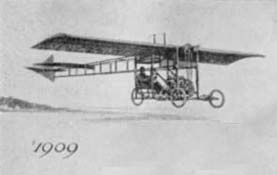| First Monoplane | |
|---|---|
 | |
| General information | |
| Type | Experimental aircraft |
| Manufacturer | Robert Blackburn |
| Designer | |
| History | |
| Manufactured | 1 |
| First flight | 24 May 1909 |
The Blackburn First Monoplane (also known as Monoplane No 1) was a British experimental aircraft constructed by Robert Blackburn in 1909.